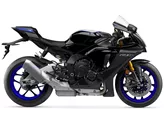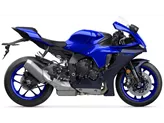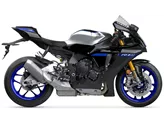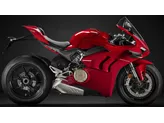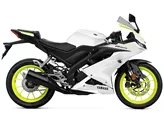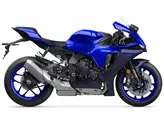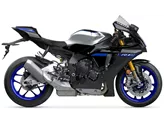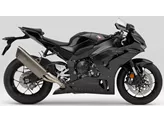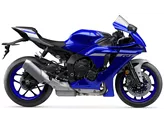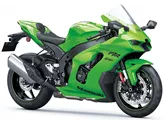Yamaha R1 2010 vs. Kawasaki Ninja ZX-10R 2006

Yamaha R1 2010
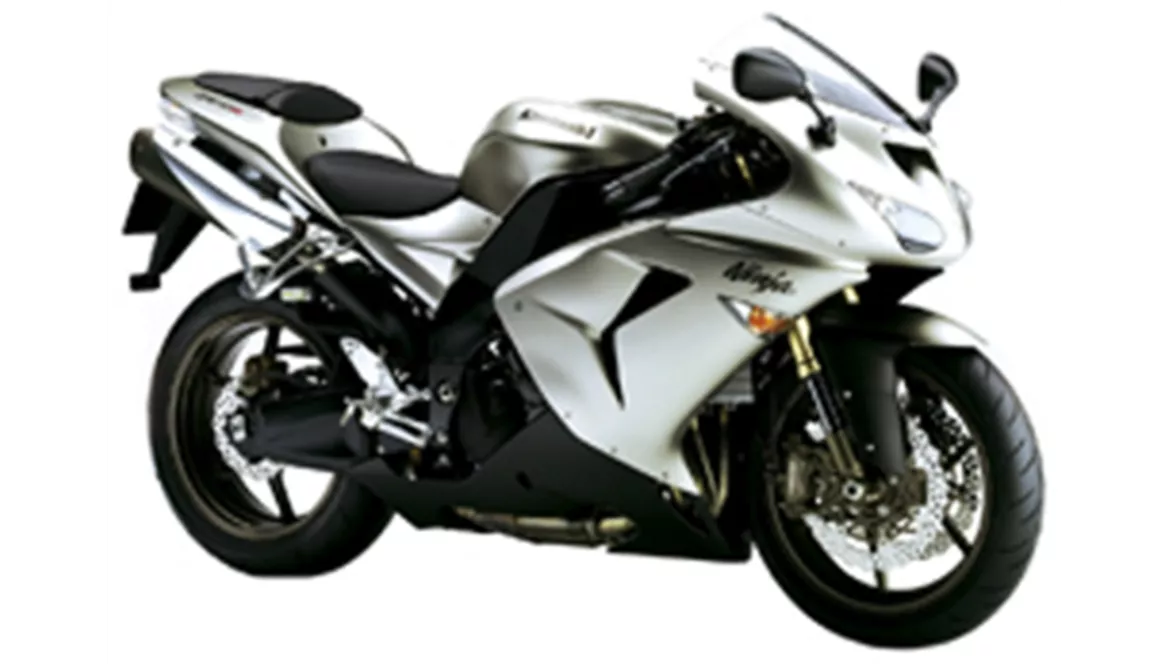
Kawasaki Ninja ZX-10R 2006
Vue d’ensemble - Yamaha R1 2010 vs Kawasaki Ninja ZX-10R 2006
When comparing the Yamaha R1 model year 2010 and the Kawasaki Ninja ZX-10R model year 2006, it is important to consider their technical specifications and strengths and weaknesses.
In terms of engine power, the Yamaha R1 2010 comes out on top with 181 HP, while the Kawasaki Ninja ZX-10R 2006 falls slightly behind with 175 HP. Both motorcycles have a 4-cylinder engine with a displacement of 998 ccm.
In terms of dimensions and weights, the Yamaha R1 2010 has a slightly longer wheelbase at 1415 mm compared to the Kawasaki Ninja ZX-10R 2006's 1390 mm. The seat height of the Yamaha R1 2010 is also slightly higher at 835 mm compared to the Kawasaki Ninja ZX-10R 2006's 825 mm. Both motorcycles have a similar fuel tank capacity, with the Yamaha R1 2010 having an 18 l tank and the Kawasaki Ninja ZX-10R 2006 having a 17 l tank.
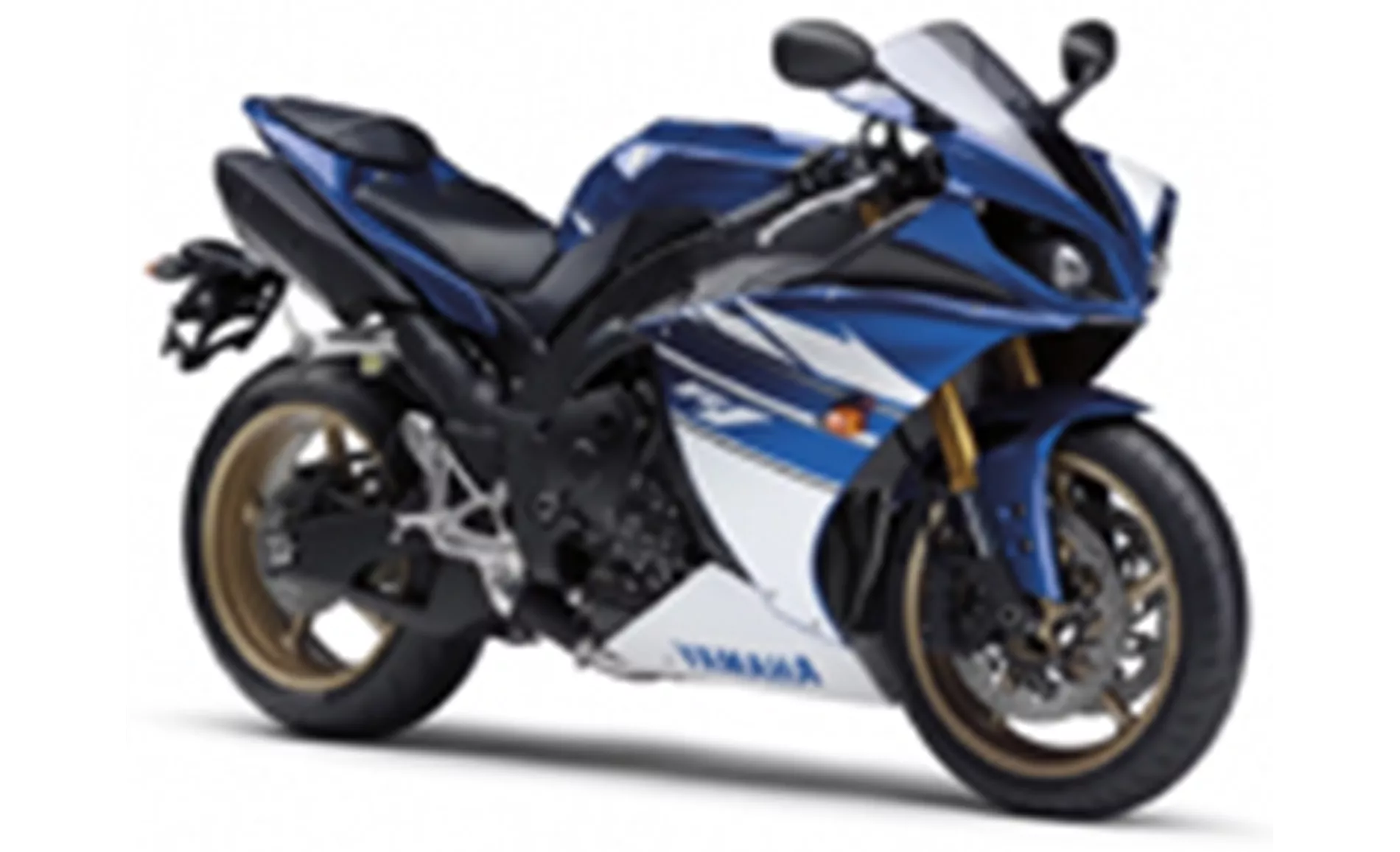
Yamaha R1 2010
The Yamaha R1 2010 has several strengths. Firstly, it has a strong engine that delivers optimal power of 181 HP. The engine character is sophisticated, providing a smooth and refined performance. Additionally, the Yamaha R1 2010 has an excellent braking system, ensuring effective stopping power. Lastly, the motorcycle offers a comfortable seating position, allowing riders to enjoy long rides without discomfort.
On the other hand, the Kawasaki Ninja ZX-10R 2006 also has its own set of strengths. It boasts a great gearbox, allowing for smooth and precise shifting. The engine of the Kawasaki Ninja ZX-10R 2006 is also strong, providing overwhelming power. The chassis is well-designed, contributing to excellent handling. The motorcycle is equipped with Öhnling's steering damper, which enhances stability. The anti-hopping clutch is another notable feature, preventing rear-wheel lock-up during aggressive downshifting. Lastly, the Kawasaki Ninja ZX-10R 2006 is known for its good workmanship, ensuring durability and reliability.
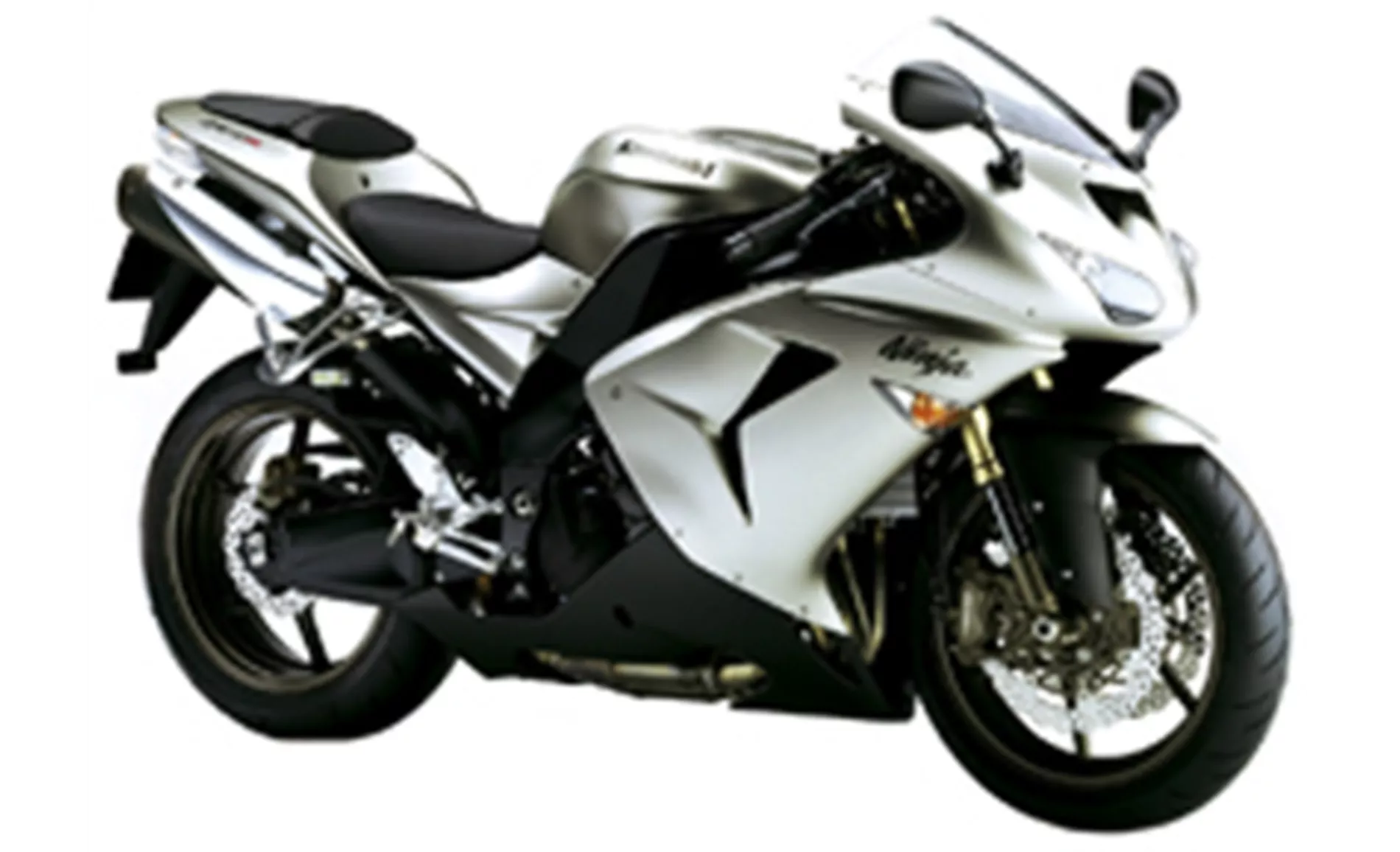
Kawasaki Ninja ZX-10R 2006
However, both motorcycles have their weaknesses as well. The Yamaha R1 2010 suffers from suboptimal suspension elements, which may affect the overall ride quality. The peak power of the Yamaha R1 2010 is slightly low compared to its competitors. Additionally, the motorcycle may experience slightly weak traction due to its design. Lastly, the Yamaha R1 2010 has a high weight, which may impact maneuverability.
On the other hand, the Kawasaki Ninja ZX-10R 2006 has a weakness related to the seating position. It is noted that small pilots may find it difficult to keep the weight over the tank when accelerating, as they sit a little too low.
In conclusion, both the Yamaha R1 2010 and the Kawasaki Ninja ZX-10R 2006 have their own set of strengths and weaknesses. The Yamaha R1 2010 excels in terms of engine power, braking system, and seating position. However, it falls short in terms of suspension, peak power, traction, and weight. On the other hand, the Kawasaki Ninja ZX-10R 2006 impresses with its gearbox, engine power, chassis, steering damper, anti-hopping clutch, and workmanship. However, it may pose a challenge for small pilots due to the seating position. Ultimately, the choice between the two motorcycles depends on the individual's preferences and priorities.
Caractéristiques techniques Yamaha R1 2010 par rapport à Kawasaki Ninja ZX-10R 2006
Avantages et inconvénients en comparaison
Avantages et inconvénients en comparaison
Yamaha R1 2010
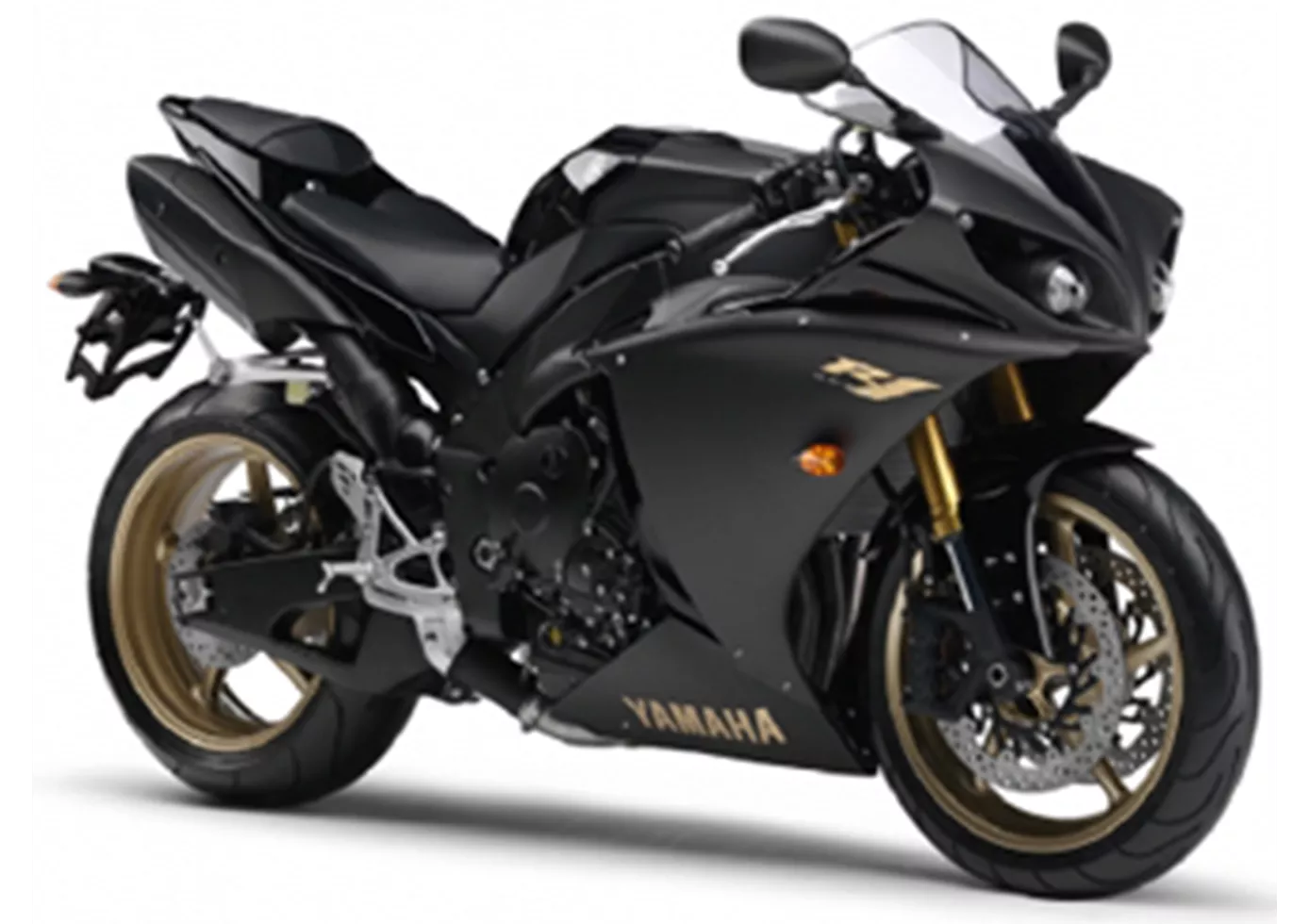
Le moteur actuel de la R1 se distingue par sa sonorité caractéristique, sa réactivité et sa puissance linéaire. En ce qui concerne la puissance de pointe, Yamaha a toutefois dû faire quelques concessions.
Kawasaki Ninja ZX-10R 2006

Leader en termes de puissance moteur et un saut quantique en termes de conduite par rapport au modèle précédent en font un véritable candidat à la victoire.
Comparaison des prix Prix moyen du marché Yamaha R1 vs Kawasaki Ninja ZX-10R
There are a few key differences between a Yamaha R1 2010 and a Kawasaki Ninja ZX-10R 2006. There are the same number of bikes of both models available on the 1000PS.de marketplace, specifically 5. It takes less time to sell a Yamaha R1 with 53 days compared to 60 days for a Kawasaki Ninja ZX-10R. Since model year 2005 1000PS.de editors have written 80 reviews for the Yamaha R1 and 51 reviews for the Kawasaki Ninja ZX-10R since model year 2005. The first review for the Yamaha R1 was published on 4/28/2003 and now has more than 3,900 views. This compares to more than 2,900 views for the first review on Kawasaki Ninja ZX-10R published on 1/11/2004.



